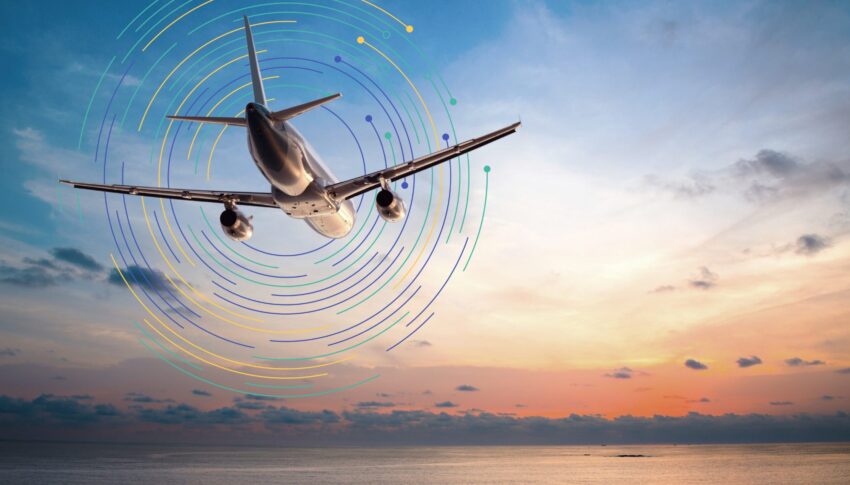Every airline, every manufacturer, every supplier — indeed, every decision maker — in the aviation industry is at a different point in the journey towards digitalisation. With many airlines accelerating their digital transformation during the COVID-19 pandemic as a matter of urgency, what’s the bigger picture?
We talked to Devin Liddell, principal futurist at Seattle-based design consultancy Teague, to look into the future — and back to where the industry has come from.
“Many airlines are doing fantastic things across the digital disciplines, and I sense the best among them are using the disruptions caused by the pandemic to prototype entirely new ways forward,” Liddell tells us, giving as examples “the ways we handle baggage and manage boarding and deplaning. To me, that’s the essence of digital: using new technologies to subvert outdated ways of doing things and replace them with something better for everyone.”
Liddell highlights airlines that are confident enough to disrupt their own business model: ANA’s telepresence robotics, for example, or the growing number of European airlines that are increasing their operational interconnectivity with train travel to replace shorthaul flights, like KLM.
Airlines’ adoption of digital tools and digital operations can largely be broken down into three principal waves: optimisation, personalisation and augmentation
“Airlines are really complex operations and have to manage complex tradeoffs, most notably between profitability and passenger satisfaction. In broad brush strokes, the first wave of digital tools for airlines has really focused on addressing that complexity of operations,” Liddell says. “That’s meant using digital tools to bridge organisational silos through data and analytics so that the decision-making involved in those tradeoffs are better understood and better orchestrated.”
The second wave is essentially the set of personalisation tools that firstly add value across operations and the passenger experience, and secondly leverage the benefits of the first wave as well: streamlining security checks with biometrics, say. Liddell suggests that most of the aviation industry currently finds itself at the beginning of this wave.
“The digital tools in this second wave — things like next-generation apps, individualised wayfinding, smart contacts, digital twin technologies and the like that help passengers essentially automate self-advocacy — will work to transform the passenger experience in ways that help solve for those old tradeoffs,” Liddell says.
When it comes to the third wave, it’s about combining the benefits of the first and second through and into augmentation: AI, machine learning, robotics, autonomy, AR and VR, increasingly present connectivity, and more.
And, of course, it’s about making the most of devices that haven’t even been invented yet, because the the pace of technology gets ever faster and new devices appear all the time. (If you can believe it, this year the iPad turns ten years old and the Apple Watch six, and there hasn’t yet been a convincing widescale commercialisation of existing technology like AR/VR glasses.)
“Designing the future of air travel presents a problem: developing solutions for contexts that do not yet exist,” Liddell explains, emphasising that flexibility and the ability to both perceive and respond to opportunities is key. “That’s why a clear vision is the most important thing to have in place. Put another way: the future involves technological challenges, but the future that we want is fundamentally a leadership challenge.”
What’s required, Liddell says, is “a specific and high-fidelity vision for the future that we want. It’s a mistake to think that the future is something that just happens to us. Instead, we have many, many futures available to us that we can use those design decisions to achieve.”
Returning to the present, Liddell concludes that, from his perspective, airlines so far have principally focussed on digitisation of passenger touchpoints and inflight connectivity. “Those don’t yet create meaningful distinctions between one airline and another,” he says, “and they don’t yet get at those experiences of community that will take airline brands to that next level. So this is still a big opportunity space for airlines.”
Published: 2nd November 2021



